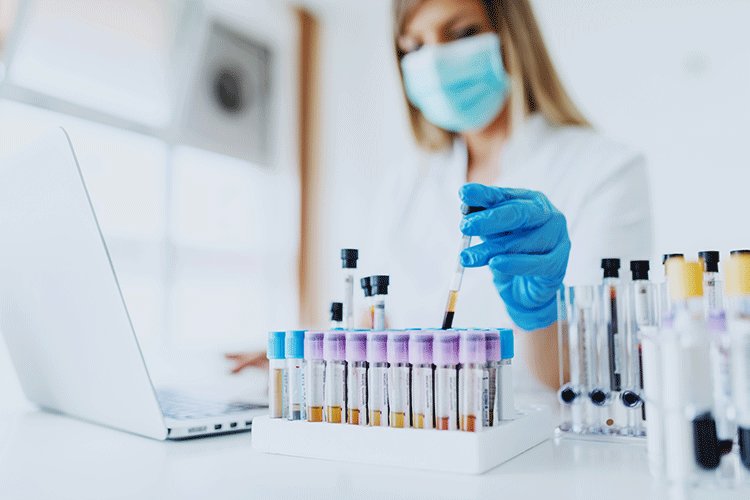How To Write In A Lab Notebook

Writing in a lab notebook is an important skill for scientists and researchers. A good lab notebook will help you keep track of your experiments, results, and ideas. Here are some tips on how to write in a lab notebook:
1. Keep your lab notebook organized. Label each page with the date, experiment name, and your initials.
2. Write down all of the details of your experiment. Include the date, experimental procedure, results, and any observations you make.
3. Make sure to write legibly and in ink.
4. When you make a mistake, cross it out and write the correction above it.
5. Keep your lab notebook up-to-date. Add new entries as you complete experiments and results.
6. Refer to your lab notebook when you need to. It can be a valuable resource for recalling the details of past experiments.
What should a lab notebook include?
A lab notebook should include a table of contents, a list of abbreviations, a list of symbols and their meanings, and a key to the scientific method. The notebook should also include an introduction, a methods section, a data analysis section, and a discussion section. The introduction should include a statement of the purpose of the lab, the methods section should include a detailed description of the methods used, the data analysis section should include a description of how the data was analyzed, and the discussion section should include a discussion of the results of the lab. The lab notebook should also include a bibliography.
How do you write a lab paper?
A lab paper is a scientific report that documents the results of an experiment. It typically includes a title page, a table of contents, a introduction, a methods section, a results section, and a discussion section.
The title page should include the title of the experiment, the names of the authors, and the institutional affiliation of the authors.
The table of contents should list the headings and subheadings of the report, with page numbers.
The introduction should provide a brief overview of the experiment and its purpose.
The methods section should describe the experimental procedure in detail.
The results section should present the findings of the experiment.
The discussion section should analyze the results of the experiment and discuss their implications.
Do you use pen or pencil in lab notebook?
There is no right or wrong answer when it comes to using a pen or pencil in a lab notebook. Some scientists prefer to use a pen in order to avoid smudging the ink, while others find that pencils are more erasable. Ultimately, the choice is up to the individual scientist.
There are, however, a few things to keep in mind when choosing between a pen and a pencil. For example, pencils can be more difficult to read than pens, especially if the notebook is filled with densely written notes. In addition, pencil marks can also be smudged more easily than pen marks.
On the other hand, pens can be more difficult to erase than pencils, and they can also be more prone to smudging. Additionally, if a pen leaks, it can potentially damage the pages of the lab notebook.
Ultimately, the choice between a pen and a pencil is a personal one, and scientists should use the writing instrument that works best for them.
How do you fill out a lab book?
A lab book is a scientific record of the work done in a laboratory, and is an important tool for any scientist.
It allows you to track your progress, keep track of your data, and document your experiments.
When filling out a lab book, there are a few things to keep in mind. First, be sure to record all of the important information about each experiment, including the date, the objective, the materials used, the procedure, the results, and any conclusions. Second, be sure to keep your lab book neat and organized, and use a consistent format so that it is easy to read. Finally, be sure to date and sign each entry, and keep your lab book up-to-date.
A lab book can be a valuable resource for any scientist, and is an important tool for documenting your experiments and progress.
Chemistry lab notebook example
A chemistry lab notebook is a document in which a chemist records all the experiments they conduct, as well as all the observations and data they collect. The notebook is an important tool for scientists, as it allows them to track their progress, review their findings, and learn from their mistakes.
A good lab notebook should be well-organized and easy to follow. The first page should list the date, the name of the experiment, and a brief description of what will be done. All subsequent pages should be numbered and dated.
The chemist should record all their observations in a clear and concise manner. They should also include any data they collect, as well as the methods they used to obtain that data. The notebook should also include any calculations that were performed, as well as the results of those calculations.
The chemist should also include a section where they summarize the results of the experiment. This section should include a discussion of the findings, as well as any potential implications of those findings.
A lab notebook can be a valuable resource for both the chemist and their professors. It can help the chemist track their progress and ensure that they are on the right track, while the professor can use it to assess the student’s understanding of the material.